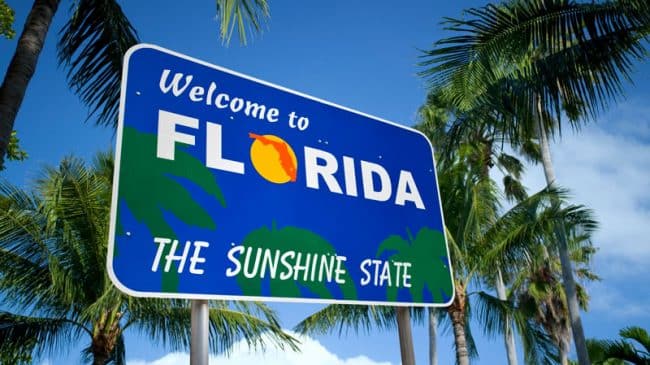The 2016 Grow Florida Annual Evaluation Report, all six pages of it, is a major reason why Florida’s “business-friendly” organizations are on the chopping block this legislative year.
I suppose one can’t entirely blame Grow Florida for wanting to paint an optimistic picture of their performance from 2009-2015, but their blatant use of known faulty economic modeling softwares like the one in this study, IMPLAN (IMpact Analysis for PLANning) – disguise the true cost and effectiveness of the organization.
The IMPLAN model works by tracking “direct” inputs – the government subsidy – into an industry, say film for example, and then tracks money backwards through the supply chain of the industry. In our example, the purchase of cameras, makeup, etc. and all of the companies behind those products that spend any money supplying that film company all get counted as economic “impact” of the government’s intervention. “Indirect” and “Induced” impacts in IMPLAN speak.
The numbers can be laughably outrageous. Grow Florida, through the IMPLAN model, is claiming a 9 to 1 ROI – a $942 million dollar regional GDP boost with just $8 million public dollars invested. Sound too good to be true? It is.
Besides providing basic research services that are available from any private company and organize CEO roundtables, the organization doesn’t appear to be doing much.
The Office of Program Policy Analysis and Government Accountability (OPAGGA), the state’s independent research arm, recently found similar economic development agencies to be “underperforming” in their task of creating jobs and economic growth.
Right on time, that agency’s director disagrees, arguing that the agencies work has a big impact and is necessary for economic growth. The result of this pressure is certain to result in some reforms of those organizations.
If OPAGGA get around to an equally rigorous evaluation of Grow Florida’s report, the results of the IMPLAN model will be tossed out and the organization’s true impact on job creation and economic growth will be clearer, and much smaller than $942 million.
At the end of the day, this isn’t really about this model or that model, it’s about the hard-working people of Florida realizing their dreams of owning successful businesses. For Florida’s state agencies, that means being honest about how much they are actually helping or hurting by taking greater effort and pride than a 6 page report using a shabby modeling techniques to understand how they are doing.
There are so many good ideas out there for how state governments can help business, Florida should be honest about its performance and make adjustment accordingly.
